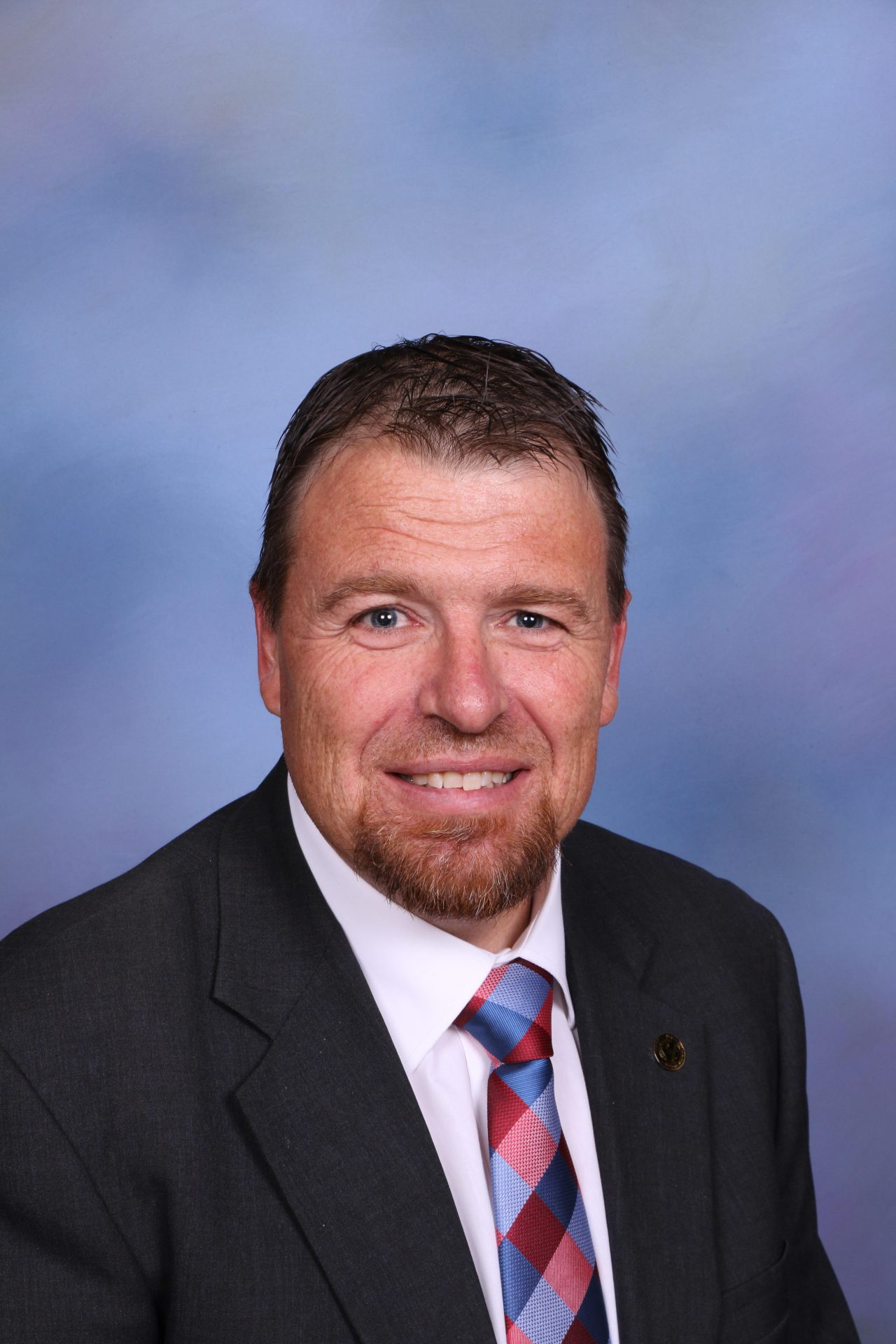(UPDATED, 11:50 a.m., May 27, with Boise’s contract agreement.)
Some teachers already know what kind of raises they can expect this year.
In Nampa, administrators and union negotiators are just starting to talk about dollars.
Idaho school districts and charters have a windfall for teacher salaries: in Nampa, the new money comes to slightly more than $4 million. At Gov. Brad Little’s urging, the 2022 Legislature put an additional 10% into teacher pay. But that doesn’t translate to a 10% raise for every teacher — and it probably won’t in Nampa.

“Absolutely it will be a letdown,” said Brian Coffey, a Nampa High School English teacher and president of the Nampa Education Association. “People’s expectations were inflated. … It’s definitely an educational process for our members.”
It’s a complicated negotiation season. There is more money on the table, and there are more moving parts than usual: permanent pay raises, one-time bonuses, changes in health insurance plans.
The Legislature’s job is done. Lawmakers dish out the dollars, such as the additional $104 million for salaries. But in a local control state, it’s up to local negotiators to hammer out the details.
Money for raises
In Twin Falls, the extra money helped move the process along, Superintendent Brady Dickinson said. After three bargaining sessions, the district and the local teachers’ union settled on a deal. Between pay raises and one-time stipends, teachers should see increases in the 8% to 9% range.

“We just take them one year at a time,” Dickinson said Wednesday, the morning after the school board and the union ratified the deal. “I think it’s always easier to negotiate when there’s money available.”
Other big districts have settled:
- The Boise School Board ratified a union-approved agreement Thursday. Base salaries will increase by 4.5%, and employees will receive a series of stipends and one-time payments through the 2022-23 school year.
- The Idaho Falls district settled two weeks ago. Teacher salaries will go up by 5%, on average, and full-time employees will receive at least $1,500 in bonuses.
- Negotiations in West Ada were a one-and-done process. After a single meeting, the two sides settled on a deal that will increase teacher salaries by 6.28%, on average.
But even where things moved quickly, negotiators have had to fit together pieces of the puzzle.
Little and the Legislature reached its $104 million bottom line by using a mashup of state tax dollars and one-time federal coronavirus aid, and that’s where it gets complicated. Using one-time money for ongoing salary costs is a third rail of budgeting, and districts like Twin Falls and West Ada have sidestepped it.
At the State Department of Education’s suggestion, Twin Falls put its share or federal aid into one-time stipends. West Ada’s federal dollars will go into $1,500 teacher bonuses, which will go out later this year. The bonuses aren’t folded into the local salary structure — and the idea is to avoid a budget crisis, when the flow of federal coronavirus aid to states and schools inevitably dries up.
Money for insurance
Meanwhile, negotiators are working through another big question affecting take-home pay for all school employees: What to do about insurance benefits?
On top of the $104 million for pay raises, the Legislature put $180 million of one-time and ongoing money into health insurance — in hopes of bringing school employees’ coverage in line with state employee benefits. That leaves local negotiators wrestling with whether to use this money to buy into the state’s low-premium, high-benefit insurance plan.
West Ada isn’t joining the state plan, but Idaho’s largest school district is using its share of the $180 million to lower premiums. Families will pay $550 a month for insurance, down from the $1,063 a month they now pay — and this savings extends to all district employees, not just teachers, district spokesman Greg Wilson said.
Similarly, Twin Falls is using its money to beef up its existing insurance plan, while trying to decide whether to join the state plan. Schools have a two-year window to use the state’s money to buy into the plan, so Twin Falls will take some time to look at the options, Dickinson said.
Money for mentoring
But there’s another wrinkle. Twin Falls used a small amount of the state money for insurance benefits to continue to award “leadership premiums” — bonuses the state has paid to reward teachers who take on added responsibilities. The state is phasing out the $17.9 million-a-year leadership premium program to offset the increased insurance costs, but Twin Falls wants to keep the bonuses in place for now. “We were just really sad to see those eliminated at the state level,” Dickinson said.
In Coeur d’Alene — where negotiators haven’t started working on salaries — the loss of leadership premiums creates a $650,000 hole. The district has used the money to encourage teachers to take on hard-to-fill jobs, such as special education. So Coeur d’Alene might use some of its federal coronavirus relief dollars to provide premiums next year, spokesman Scott Maben said.
Will it all keep teachers in Idaho?
That, obviously, is the hope. By pumping new money into salaries and benefits, Little and lawmakers want to encourage teachers to take jobs in Idaho, and stay.
But Idaho’s teacher shortage is a crisis years in the making, and the actions of one legislative session won’t reverse it.
In Twin Falls, geography poses an obstacle: The Magic Valley district is two hours away from education colleges at Boise State University and Idaho State University. Demographics present another challenge; 40 teachers are retiring this spring. It all adds up to a shortage of applicants, and 70 teaching vacancies. “I am very worried about filling all of them,” Dickinson said.
In Nampa, teachers are already leaving. Others might base their decisions on what happens with this year’s negotiations, which resume on June 2.
Administrators have floated the largest possible raise Coffey has seen in four years as a union negotiator: a 3.75% pay hike for teachers, and a $2-an-hour, across-the-board raise for all classified employees. Coffey also notes that the two sides have agreed to moving employees onto the state employee plan, using federal aid to cover nearly $1 million in startup costs the state isn’t covering.
“Am I satisfied? I don’t know yet,” Coffey said this week. “We’re trying to squeeze as much water from the rock as we can.”
Kevin Richert writes a weekly analysis on education policy and education politics. Look for his stories each Thursday.
